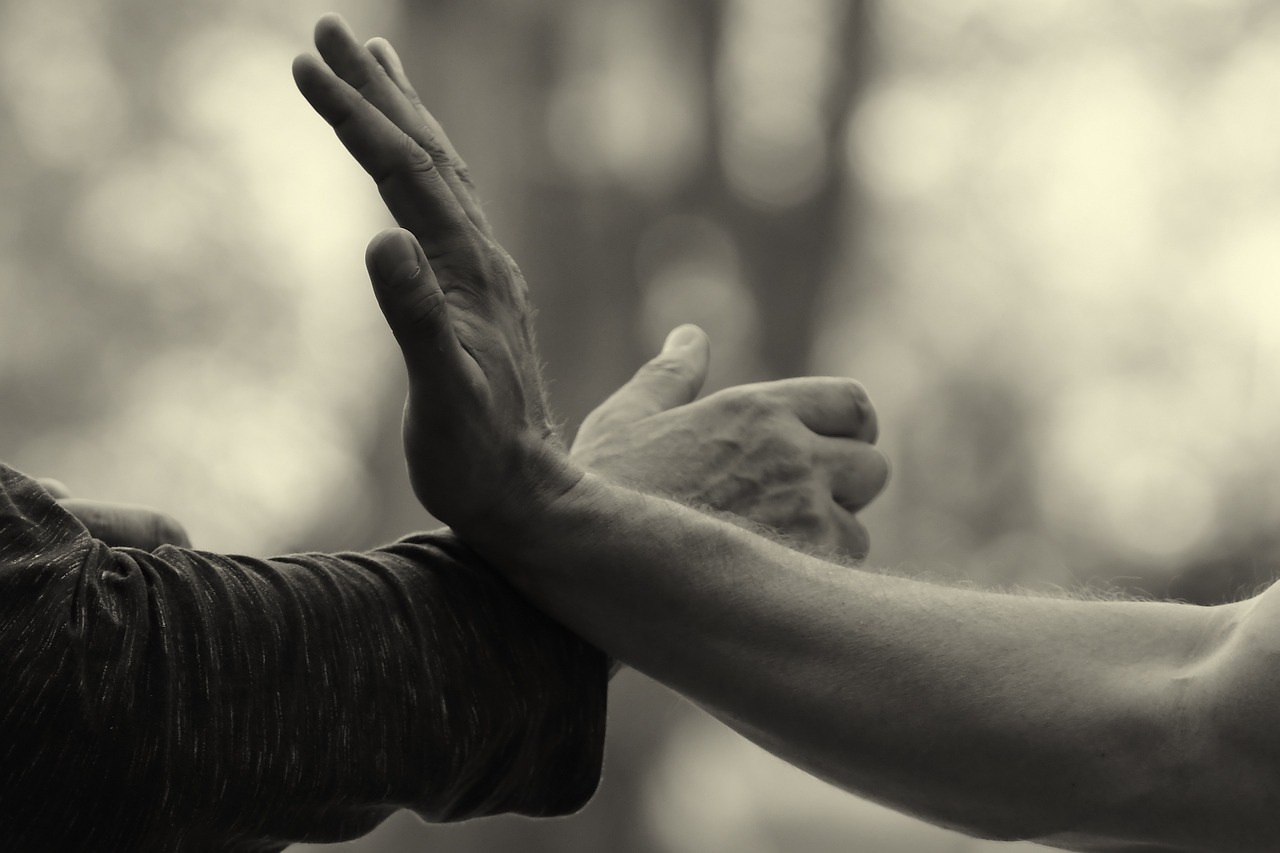Tai Chi - Part 2
The Art of Flowing Movement: Part 2
Introduction
Welcome back to the second part of our series on the art of flowing movement. In this continuation, we will delve deeper into the techniques and benefits of incorporating flowing movement into your daily routine.
Benefits of Flowing Movement
Flowing movement is not just about physical exercise; it also encompasses mental and emotional well-being. Some benefits of incorporating flowing movement into your life include:
- Improved flexibility and mobility
- Enhanced strength and balance
- Stress reduction and relaxation
- Increased focus and concentration
- Boosted creativity and mindfulness
Techniques for Flowing Movement
There are various techniques you can explore to incorporate flowing movement into your routine. Some popular methods include:
- Yoga: A practice that combines physical postures, breathing exercises, and meditation to promote overall well-being.
- Tai Chi: An ancient Chinese martial art that focuses on slow, deliberate movements to improve balance and inner peace.
- Pilates: A system of exercises that target core strength, flexibility, and body awareness.
- Dance: Whether it's ballet, contemporary, or salsa, dancing allows for creative expression while improving coordination and cardiovascular health.
Exploring Flowing Movement
Ready to explore the world of flowing movement? Try incorporating some of these activities into your routine and feel the difference in your mind, body, and spirit. Remember, the key is to find what resonates with you and brings you joy.
Image Gallery


Conclusion
Flowing movement is a holistic approach to wellness that can benefit both your physical and mental health. By exploring different techniques and incorporating them into your routine, you can enhance your overall well-being and enjoy a more balanced and fulfilling life.
Stay tuned for the next installment of our series as we dive deeper into the world of flowing movement and its transformative effects.
